Performance Analysis
Our sample boosted to between 1,809MHz and 1,847MHz in games typically, which is a bit higher than the ~1,800MHz figure we saw with the Founders Edition, no doubt because of the superior cooler. Still, it only leads to a one percent performance uplift on average, something you'll never notice in games. In turn, the Asus GTX 1070 Ti Strix Advanced card with its software-based OC profile adds approximately two percent onto the performance of the GTX 1070 Ti iChill X3, a figure we suspect could be reclaimed on nearly all cards through manual overclocking.
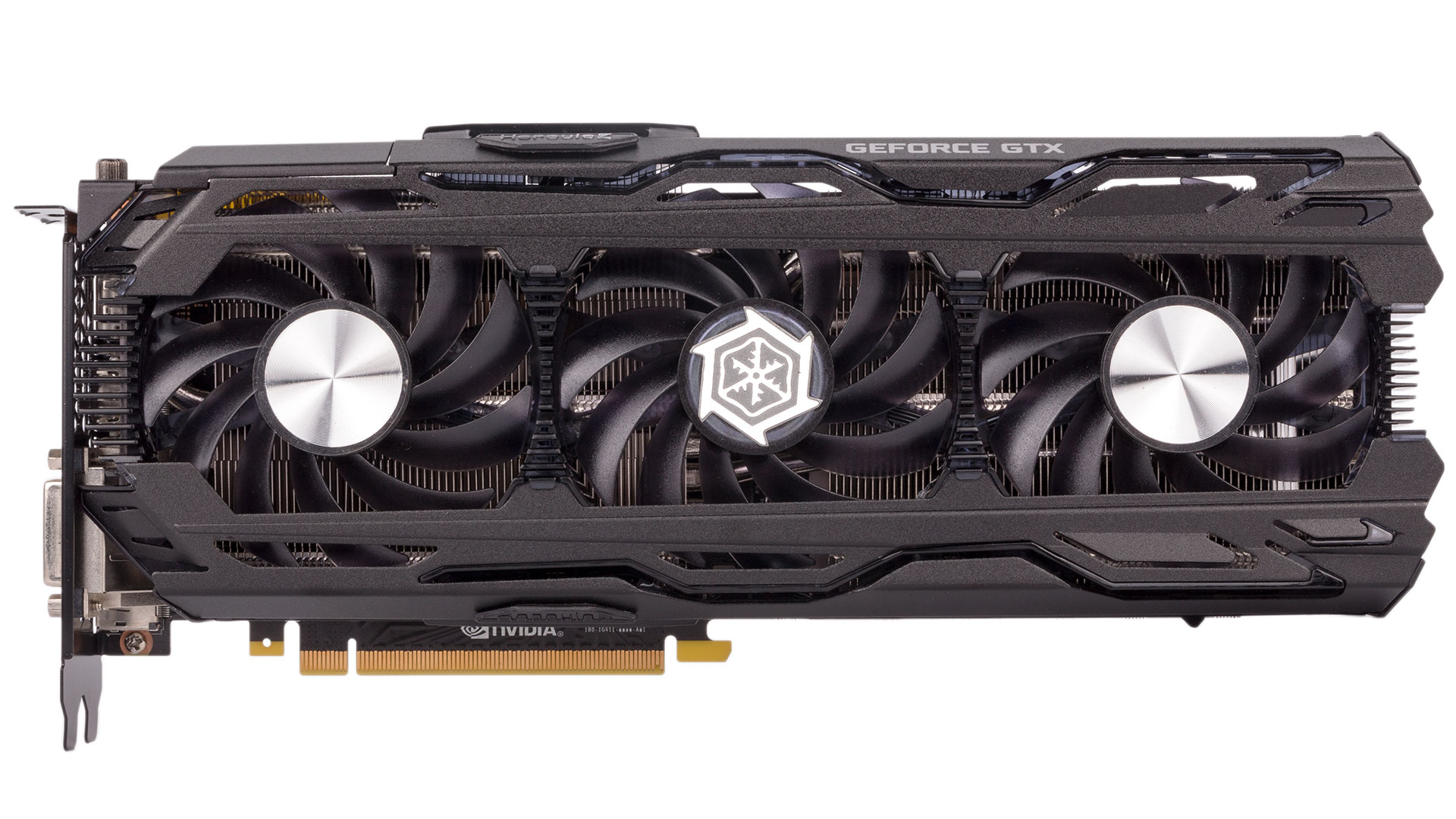
Power consumption is right in line with the GTX 1070 Ti Founders Edition as well, even though Inno3D is running two additional fans. Nvidia's efficiency continues to impress; having this level of power from a system consuming less than 300W in total is really something.
Despite fan speed ramping up to 70 percent, this actually only translated to about 1,200 RPM, which was significantly quieter than the Founders Edition and barely audible over even a couple of system fans. Temperatures impressed too; the delta T of 47°C didn't quite reach the chilly lows of the Asus Strix card, but it was only 5°C warmer, and compared to the Founders Edition it's far superior still.

Overclocked, the card was boosting consistently to over 2,000MHz with no real change to the fan speed or temperature. Performance was upped by between eight and 11 percent, which gives it results that would probably beat a vanilla GTX 1080 but which still couldn't catch up to one with a decent factory overclock.
Conclusion
Inno3D has a decent card here. The price tag is equivalent to what you can currently get a Radeon RX Vega 64 for, but those prices have already started to creep up after the recent price cut. The reference AMD card is not something we can really recommend either on account of its heat and noise, and there are few if any third-party cards readily available (and they'd be more expensive). Still, if bang for buck is your only concern with this sort of budget, the RX Vega 64 is the no-brainer option, but we'd happily trade a few fps for the quiet fans and low temperatures you see here. The GTX 1080 at around £500 will also be tempting, but this card is more in-line with the price-performance curve, because cards at that price are typically reference-clocked. The GTX 1080 FTW in our charts, for example, is closer to £540.
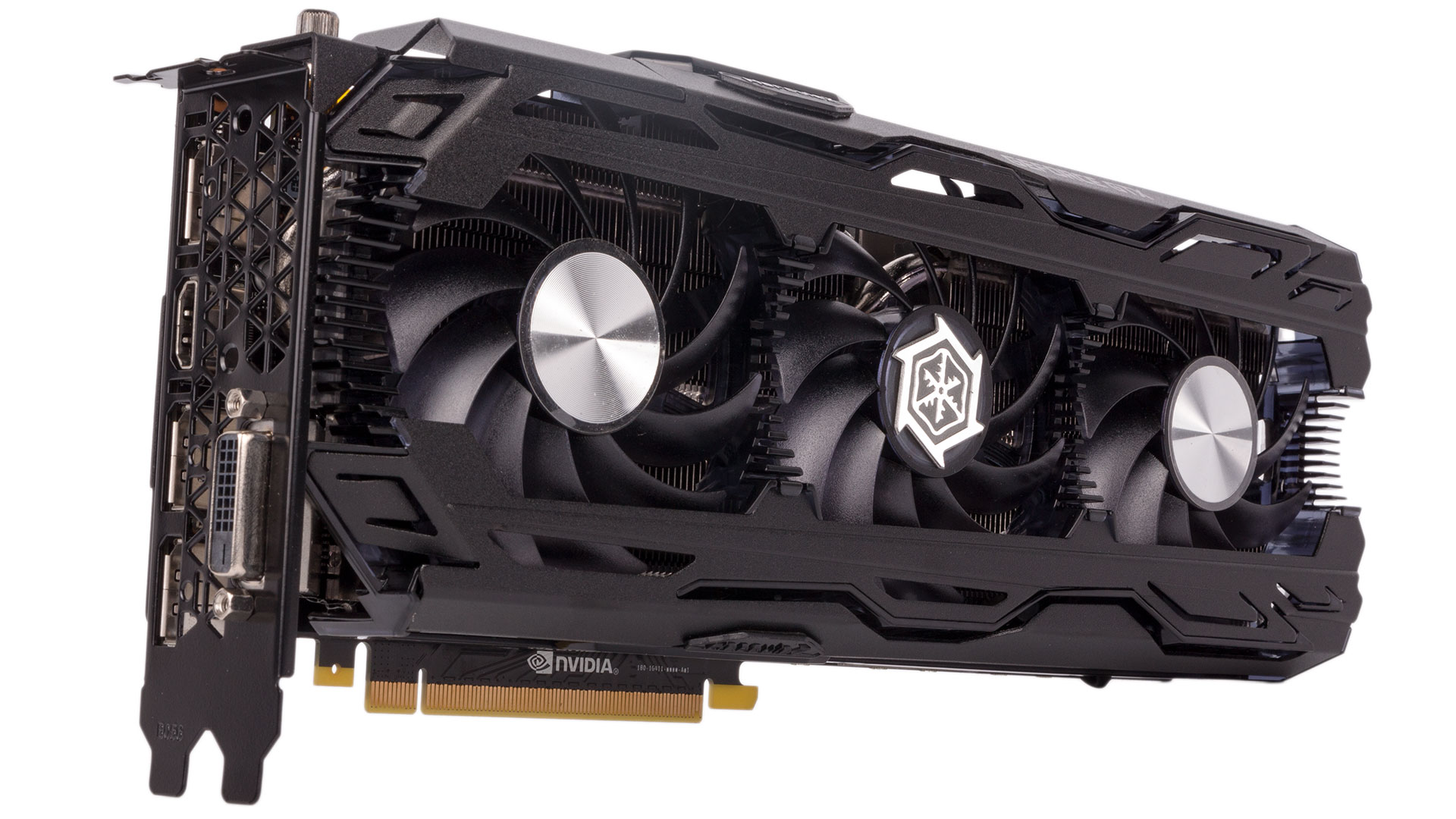
Inno3D does need to work on its RGB lighting and its software solution for its cards to become more well-rounded, but the core hardware nevertheless impresses. The full coverage cooler and metal shroud work in its favour, as do the low temperatures, low noise, and decent overclocking potential (not guaranteed on all samples, of course). It's a compelling upgrade over the Founders Edition without getting into silly money.

MSI MPG Velox 100R Chassis Review
October 14 2021 | 15:04

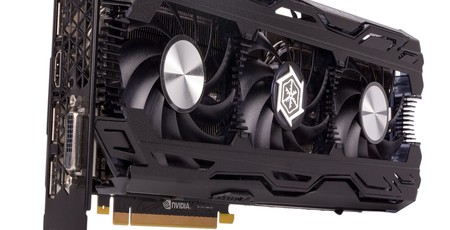
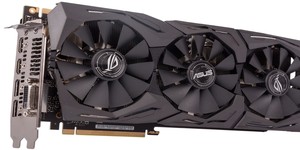

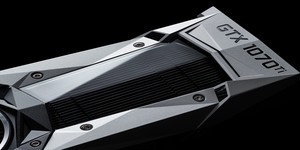




Want to comment? Please log in.